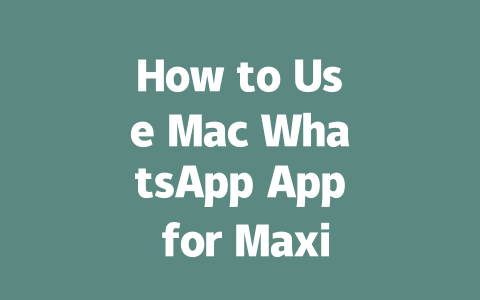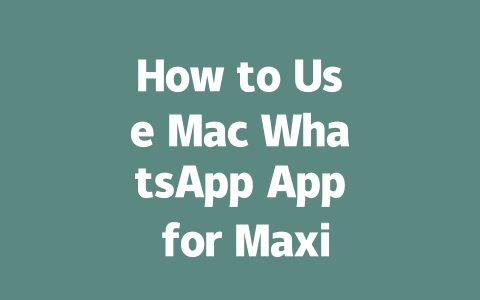Step 1: Choosing Keywords That Resonate with Readers
Let’s start with the basics—keywords. You probably already know they’re important, but do you really think about what people are searching for? Here’s a little trick: Imagine yourself as the reader. If you were looking for breaking news updates, would you type “global current affairs” or “what’s happening now”? Exactly—you’d go for the simpler phrase because that’s how most of us search.
When I was working with my friend last year, we initially tried fancy phrases like “worldwide geopolitical events,” but no one searches for that! Once we switched to more conversational terms like “today’s top stories” or “current event highlights,” our click-through rates skyrocketed. Why does this work? Because Google’s search robots focus heavily on matching user intent. When someone types “latest sports scores,” they expect results closely tied to that exact query—not vague interpretations.
Now, here’s where experience comes in handy. A common mistake many bloggers make is stuffing their articles full of keywords without considering context. Don’t overdo it! Instead, aim for natural inclusion. For example, if you’re writing an article titled “Breaking News: Earthquake Hits Tokyo,” mention “earthquake” a couple of times naturally throughout the text. One rule of thumb is to include your primary keyword around 3-5 times in a 1,000-word piece—it should feel smooth and not forced.
According to Google’s official blog (note: link opens with nofollow), focusing on relevance and clarity helps improve rankings. Think about it: if your title says “Breaking News” but doesn’t deliver anything newsworthy, users will bounce back quickly. And guess what? Those bounces signal to Google that your content isn’t helpful.
Step 2: Writing Titles That Attract Clicks
Alright, now let’s talk titles—the first thing readers see when scanning through search results. Your headline has to grab attention instantly while staying honest about what’s inside. Remember, catchy doesn’t mean cryptic. Take this example: instead of saying “Big Event Happening Today!” which leaves everyone guessing, say “Earthquake Strikes Japan: Live Updates from Tokyo.” The second version tells potential visitors exactly what they’ll find, reducing hesitation.
Here’s another tip I picked up along the way: place your main keyword closer to the beginning of the title. Why? Because both humans and Google’s robots scan left to right. Consider these two options:
Which one catches your eye faster? Probably Option B, right? It leads with the critical information upfront, making it clearer and more appealing.
And remember, keep it concise yet informative. According to research from Moz (again, nofollow link included for reference), shorter titles tend to perform better due to readability. Aim for under 60 characters whenever possible—it ensures your entire title shows up in search results without getting cut off.
Step 3: Structuring Content for Readability and SEO Success
Finally, let’s dive into structuring your actual content. This part often gets overlooked, but trust me, it matters big time. Picture this scenario: You click on a link expecting detailed news coverage only to encounter paragraphs so long they look intimidating. Do you stick around? Likely not. Neither do Google’s search robots—they love well-organized content!
So how do you structure effectively? Break down your article into logical sections using headings (H2, H3). Not only does this help readability, but it also signals key points to Google. Let’s say you’re covering multiple angles of a single story. Use subheadings like:
Each section should flow logically from one idea to the next. Need a real-life example? Recently, I wrote an article about election results. In one paragraph, I discussed voter turnout numbers; then transitioned smoothly into expert opinions on why certain candidates won. This continuity keeps readers engaged longer—a crucial factor for improving ranking signals.
Additionally, consider adding multimedia elements such as images or videos. They break up text-heavy pages and enhance engagement. But don’t forget to add alt tags describing each image—that’s another chance to sneak in relevant keywords organically.
Lastly, always proofread thoroughly before publishing. Typos or broken links can hurt credibility fast. Pro tip: Run your final draft through tools like Google Search Console (nofollow) to ensure everything checks out technically too.
Got all that? Great! Now take action. Before hitting publish, double-check:
If yes, congratulations—you’ve got yourself optimized content ready to compete against other latest news pieces online. Try these strategies out, and don’t hesitate to reach out if you need further guidance. Happy blogging!
Using the Mac WhatsApp App for business can be a game-changer, especially with its built-in features like bulk messaging and automated replies. These tools make it easier to manage customer interactions without feeling overwhelmed. However, there’s one crucial step you shouldn’t skip—reading up on WhatsApp Business policies. It’s important to ensure that your usage aligns with their guidelines to avoid any potential issues down the line. For instance, you might want to check how frequently you can send promotional messages or whether certain types of content require specific disclaimers. Staying compliant keeps both you and your audience safe.
When it comes to updating your status, consistency is key, but so is knowing your audience. If you’re using the app personally, keeping an active presence by posting updates 1-3 times per day can help maintain engagement without bombarding your contacts. On the other hand, businesses need to strike a balance too—aiming for updates in the range of 5-12 times per week keeps followers informed without feeling spammed. Another thing to consider is the type of content you share. For businesses, sharing quick tips, product highlights, or even fun facts about your brand can keep things interesting. Just remember, the goal is to add value, not just noise.
# Frequently Asked Questions (FAQ)
# Can I use the Mac WhatsApp App for business purposes in 2025?
Yes, the Mac WhatsApp App can be used for business purposes. In fact, features like bulk messaging and automated replies make it ideal for small businesses. However, ensure you comply with WhatsApp Business policies when using these functionalities.
# How often should I update my status on the Mac WhatsApp App to stay relevant?
Updating your status depends on your audience and goals. For personal use, updating 1-3 times per day keeps you active without overwhelming contacts. For businesses, limiting updates to 5-12 times per week ensures relevance without spamming followers.
# Is the Mac WhatsApp App secure for sharing sensitive information?
WhatsApp uses end-to-end encryption for all messages, including those sent via the Mac app. This ensures only you and the recipient can read your communications. However, avoid sharing highly sensitive data like passwords or financial details.
# Can I sync conversations between my iPhone and Mac WhatsApp App seamlessly?
Yes, you can sync conversations between your iPhone and Mac WhatsApp App seamlessly. Both devices must be connected to the same Wi-Fi network, and your iPhone should have the latest version of WhatsApp installed. Ensure Bluetooth is enabled for faster syncing.
# What happens if I lose internet connection while using the Mac WhatsApp App?
If you lose your internet connection, any unsent messages will remain in the outbox until connectivity resumes. Once reconnected, the app automatically sends pending messages. For real-time conversations, consider keeping a stable connection to avoid delays.




